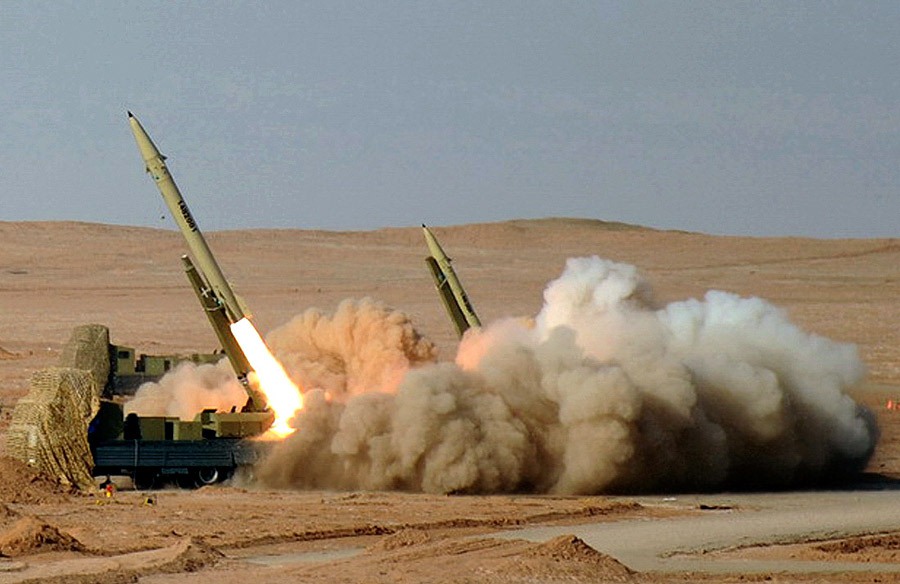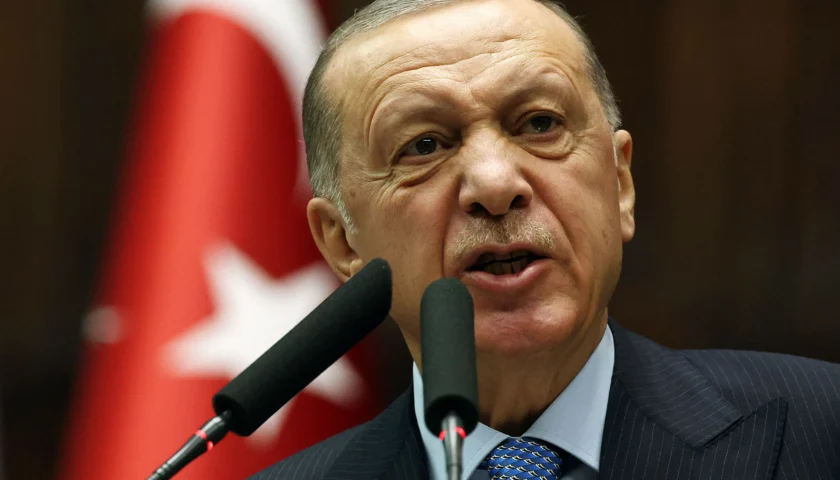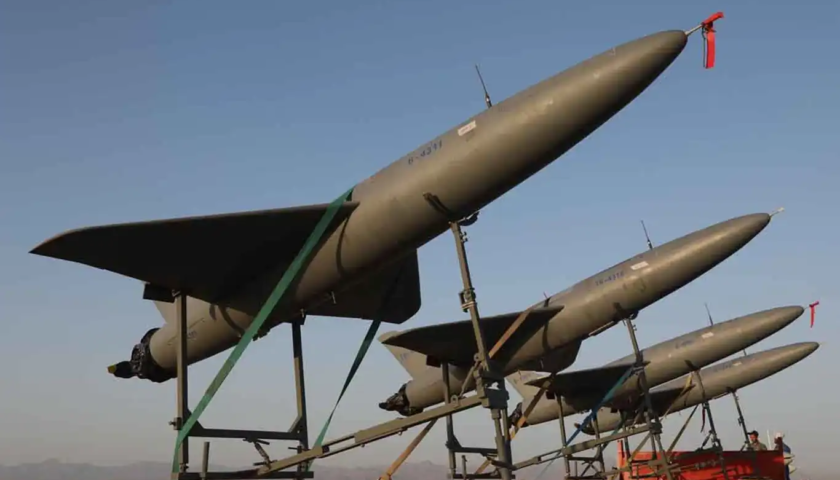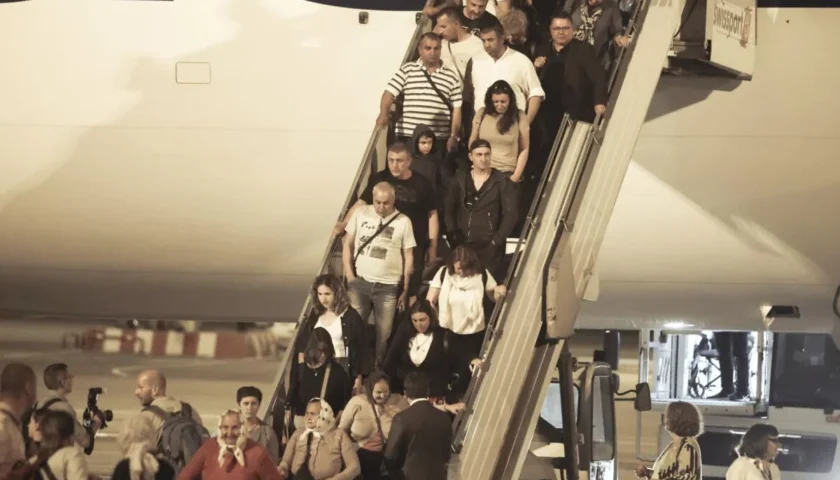Iran launched fresh waves of ballistic missiles (reported as its 17th missile wave), targeting major Israeli cities including Tel Aviv, Haifa, Beersheba, Jerusalem, and locations in the Negev and occupied West Bank. Air raid sirens blared across Israel, with visible interceptions and explosions in the skies above Tel Aviv.At least 85 to 170 Israeli civilians have been wounded—some seriously—in recent barrages, including one Haifa teenager struck by shrapnel. There are no confirmed fatalities from tonight’s salvo.Infrastructure and residential areas have sustained scattered damage under debris and direct hits.In retaliation, Israel intensified strikes on Iranian facilities, including missile depots and military-industrial sites in Isfahan, Qom, Kermanshah, and Tabriz. One incident killed a 16-year-old in Qom and led to over 600 casualties in Iran since the campaign began.In May 2025, Iran unveiled its Qassem Bassir medium-range ballistic missile, boasting a 1,200 km range and improved guidance systems, claiming enhanced ability to evade air defenses.Iran reportedly launched at least one hypersonic Fattah-1 missile during its June 18 strikes, representing a significant step in their missile capability.Since mid-June, Iran has launched roughly 350–400 missiles, with multiple successive waves targeting Israel. Many were intercepted, but a persistent subset penetrated missile defenses .Analysts argue the sheer scale of Iran’s missile response—despite being partially intercepted—demonstrates a strategic posture shift and signals Iran’s willingness to use missile strikes to deter further Israeli actions.Given missile limitations, Iran may resort to asymmetric tactics—attacking U.S. assets or disrupting the Strait of Hormuz. However, analysts caution such moves could escalate the conflict dangerously
Iran Launches Massive Missile Salvo on Israel; Explosions Rock Tel Aviv Amid Escalating Conflict




